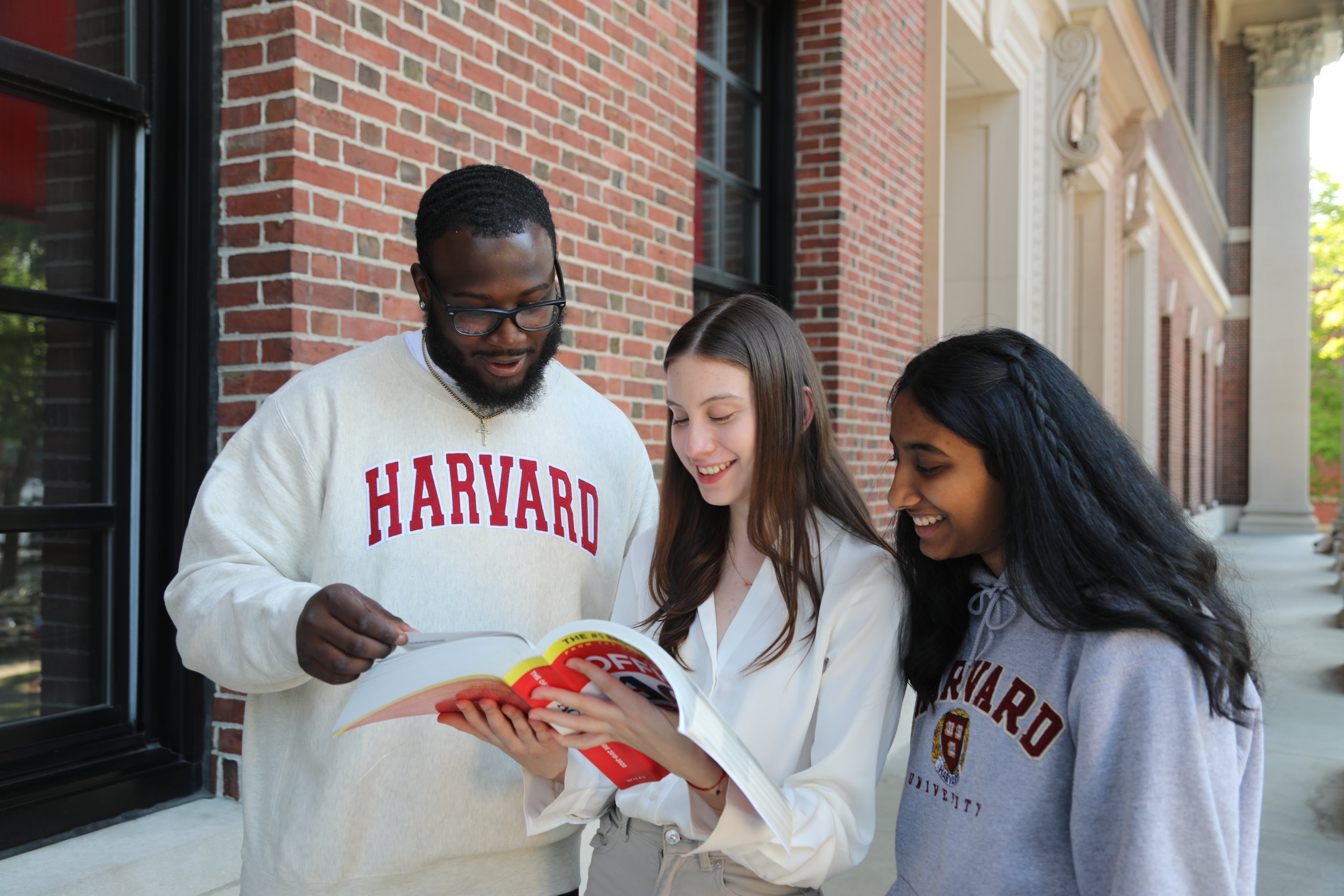Introduction
When exploring the relationship between teacher expectations and student self-perception, the University of Auckland, New Zealand found a large correlation between low student self-esteem and low teacher expectations, ultimately resulting in a weakened academic performance exhibited by these individuals at the elementary level (Rubie-Davies, 2006). These findings further support widely-held psychological theories associated with educational outcomes, such as the self-fulfilling prophecy and Pygmalion effect, which suggest that students internalize the expectations placed upon them by those in authority. Additionally, various expectations placed upon students can influence everything from motivation and engagement to future educational aspirations and career choices, especially at an age when students are developing the most.
The growing body of research surrounding this topic is also helping to raise awareness of biases within the classroom by showing that low teacher expectations can stem from subconscious thoughts on race, socioeconomic status, and previous academic performance. Additionally, knowledge of this topic can also help to influence and strengthen professional development programs that seek to promote equitable expectations by creating a comfortable classroom environment for all. For this reason, it is clear that the effect of teacher expectations on elementary-level students take different forms based on the student’s academic ability, race, and learning environment.
Academic Ability
Growing evidence supports the idea that students who perform at a higher level than their peers are shown greater attention by teachers. For this reason, previous academic performance most strongly determines the quality of teacher expectations on a student. A recent study
published by the Journal of Learning and Instruction asserts that students who display the most academic promise are given the highest expectations by teachers and other figures, resulting in higher self-fulfilling prophecies that contribute to greater performance. Likewise, students who struggle in the classroom are given lower expectations, resulting in weaker performance
(Gentrup et al., 2020). As this becomes evident, it is clear that teachers must become aware of this phenomenon in order to bridge the gap between those who under and over-perform. A study performed by the Canadian Center of Science and Education also explains that teacher expectations can have a positive impact on all students, regardless of how they perform in school. In the study, researchers gave an achievement test to foreign language students and explained that their teachers would be alerted to who performed the best. However, researchers only notified teachers about students at random, not based on results. Consequently, those who were chosen at random were shown more attention by their teachers and performed at a greater level academically throughout the year, even if they didn’t display a strong academic record. These findings not only relate to academic performance but also have a positive impact on behavior, with students becoming more likely to collaborate and communicate with their peers on projects and other assignments in the classroom (Tsiplakides & Keramida, 2010, pp. 22). With this knowledge, teachers are able to understand the way in which their students are affected by the expectations they place on them and the opinions they have of them.
Race and Ethnicity
Pre-conceived notions or feelings toward a certain demographic also affect the quality of teacher expectations, with subconscious biases playing a large role in how teachers and students interact and communicate. A study published by the Journal of Educational Psychology found that teachers usually held the highest expectations for Asian American students while conveying
positive and neutral speech to European American students. However, teachers rarely communicated high expectations or positive speech to Latino and African American students, even if they were high-performing (Tenenbaum et al., 2007). Additionally, a 2010 study found that “Implicit measure of teacher prejudiced attitudes…was found to explain differing ethnic achievement gap sizes across classrooms via teacher expectations” (Denessen et al., 2010, p. 2). In both studies, it is clear that teachers tend to internalize their feelings about certain communities, ultimately resulting in unequal expectations among students of different backgrounds. Considering the idea that teacher expectations play a large role in the educational achievement and behavior of students at a young age, it is important to realize that this reality represents a strong systemic injustice that teachers must be made aware of in order for change to occur.
Furthermore, the race of a teacher somewhat determines the types of expectations they decide to impose on their students. A study published by the American Educational Research Journal finds that Black teachers hold stronger expectations for success for Black students compared to White students (Beady & Hansell, 1981). Likewise, an article published by the American Educational Research Association found that “...non-White teachers’ estimations of students’ mathematical ability favored White students…over students of color…” and “...that teachers from marginalized groups may be susceptible to bias that favors stereotype-advantaged groups” (Copur-Gencturk et al., 2020). These findings are significant because they suggest that students from marginalized communities, especially Black students, are more likely to face strong pressure from those in authority, even if their teacher is of the same background. Furthermore, this situation highlights the complexity of racial dynamics in the classroom and exposes the need for further awareness on this topic.
Classroom environment
Furthermore, a student’s perception of the classroom environment plays a role in the strength of teacher expectations and their overall success in school. A report published by the Social Psychology of Education studied the effects of teacher expectations on Chinese students learning a foreign language. The study concluded that innovative instruction and positive teacher-student relationships strengthened the effects of teacher expectations, resulting in stronger self-fulfilling prophecies that heightened their overall success (Li et al., 2023). A 2006 study also examined the possibility that teacher expectations may be class-oriented instead of individual-oriented. The study found that classes with teachers who displayed low expectations usually performed poorly due to a decline in their own self-perceptions (Rubie-Davies, 2006). These results are notable because they highlight the possibility that all students are somewhat impacted by a discouraging classroom environment, even if certain expectations aren’t directed toward them. It also suggests that the relationships teachers form with their students affect their future success and impact the feelings they have toward themselves.
Furthermore, a 2015 research article published by the Middle School Journal explains that students are more likely to form friendships and lasting relationships with their peers inside and outside of the classroom when they achieve more (Johnston et al., 1982). With the understanding that academic success improves the ability to socialize and form relationships, teachers are made aware of the need to positively reinforce their students across different subject areas. This will allow schools to better support the well-being and mental health of students from all backgrounds.
Rebuttal
While the factors listed above play a large role in the strength of teacher expectations, many bodies of literature suggest that most teachers only take into account a student’s socioeconomic status (SES) when forming their expectations. An article from the Journal of Educational Research finds that teachers rate high-SES students more favorably than low-SES students, regardless of race (Auwarter & Aruguete, 2008). Although socioeconomic status plays a large role in the way teachers form their opinions of certain students, it is not the only factor that those in authority take into account as certain bodies of research suggest. Researcher Michelle Regalla explains that a larger cross-cultural sample of teachers produces a mixture of favorable and unfavorable expectations of low-SES students. In addition, Regalla explains that most teachers admitted to noting a student’s immigrant status when forming certain expectations and opinions (Regalla, 2013).
In summary, research shows that socioeconomic status is not the sole determinant in a teacher’s prediction of a student’s success. As cross-cultural samples and findings explain, it is hard for many teachers to ignore defining characteristics of a student, such as race, gender, and academic achievement when examining a student’s SES.
Conclusion
Overall, this paper is meant to provide a deeper understanding of the many factors that influence teacher expectations in the classroom. Past studies and journal articles from sources such as the American Educational Research Journal, the Journal of Learning and Instruction, and the Journal of Educational Psychology find that teachers most clearly take into account a student’s past academic performance, race and ethnicity, and the overall classroom environment when forming opinions of their students and their abilities.
While no teacher may ever be completely free from bias or pre-conceived understandings, it is important for those in authority to understand that negative language and low expectations have an impact on the self-perceptions of individuals, ultimately impacting their success and engagement. Additionally, the research noted above further explains that strong relationships, creative instruction, and positive reinforcement boost a student’s self-esteem and make them more likely to be engaged in lessons and activities. This development does not only impact individuals but also has an impact on the overall classroom environment, fostering a positive and comfortable space for all.
With this understanding, teachers are made aware of the importance of developing equitable expectations of all students, regardless of their unique backgrounds. When this is even partially worked toward, all students are able to achieve similar successes inside and outside of the classroom.





